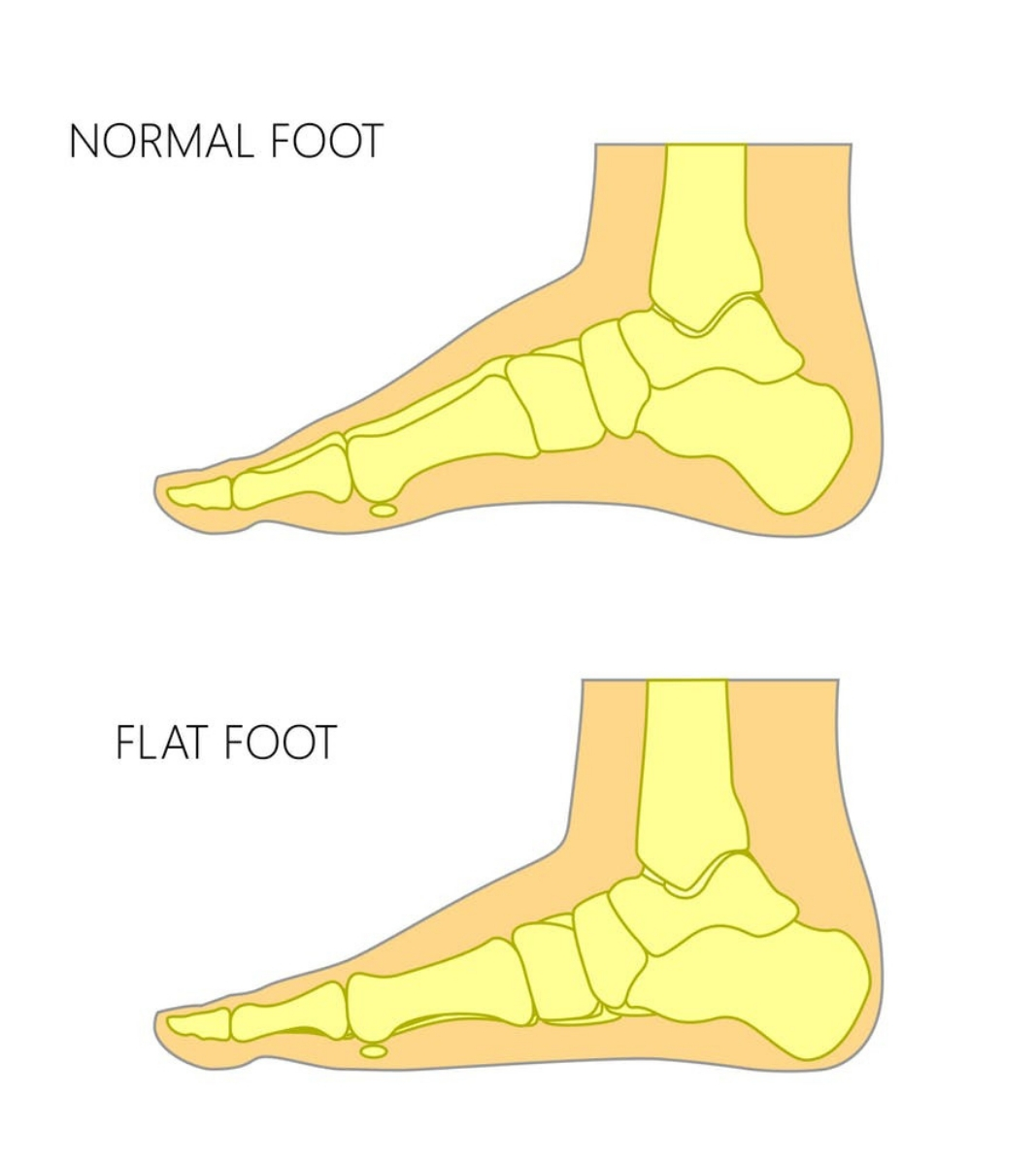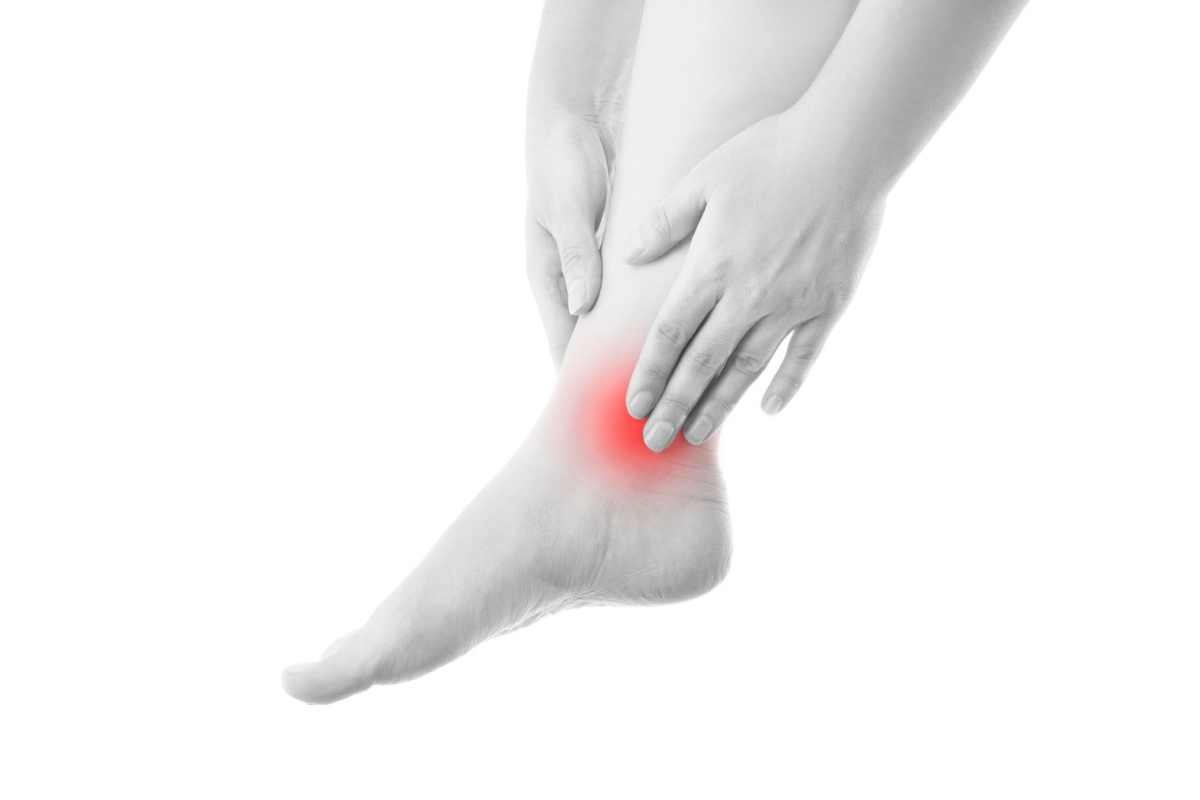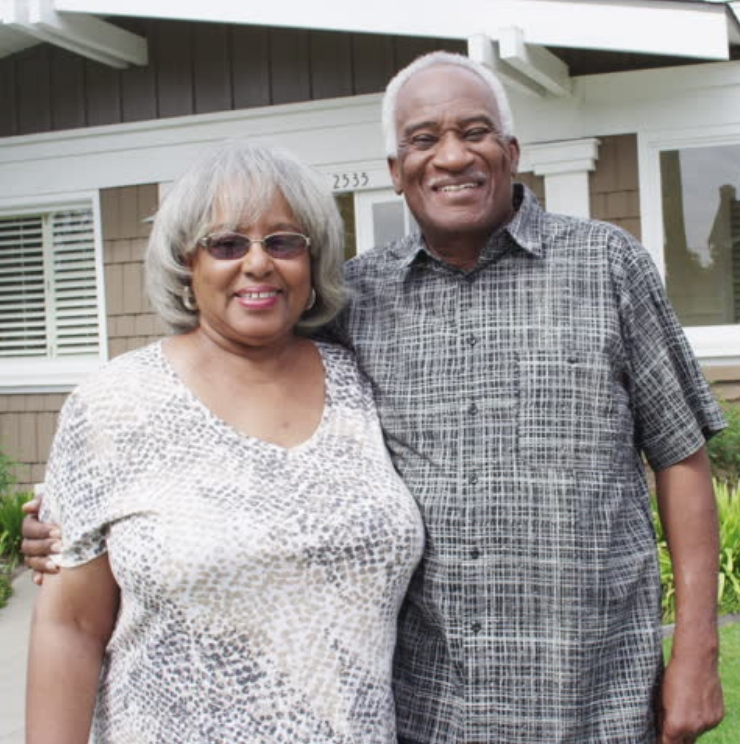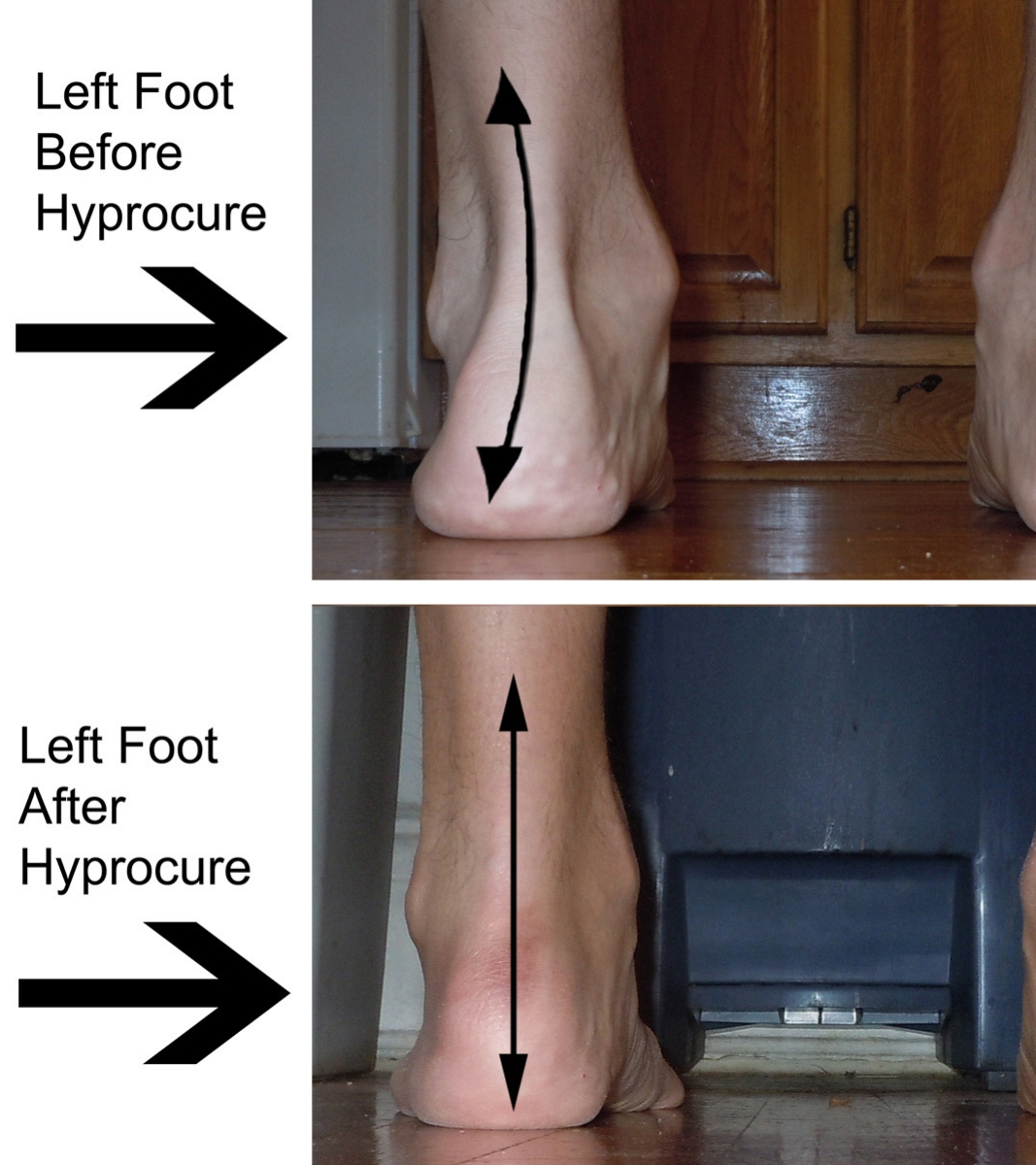Do you require any assistance? Simply reserve your appointment online below
Adult Acquired Flatfoot (AAF)
Improve your feet function
Adult Acquired Flatfoot (AAF) is a painful condition that results in the progressive flattening of the arch of the foot, which is noticeable when an individual stands up.
Individuals with flatfoot have no arch on the inside of their feet, allowing the entire foot to touch the floor while standing. It affects the feet and ankles.
Adult acquired flatfoot is different than flatfoot in children. Children will usually outgrow flatfoot on their own, often without treatment. In adults, flat feet usually remain flat. Treatment usually addresses the symptoms rather than a cure.
In adults the condition is called “acquired” flatfoot because it affects feet that at one point in time had a normal longitudinal arch. The condition gets worse over time.

Symptoms of adult acquired flatfoot

Pain in the ankle, hind foot, and arch that worsens with increased activity.
Swelling or deformity of the ankle, particularly on the inner ankle.
What causes adult acquired flatfoot?
The underlying cause of adult acquired flatfoot disorder is uncertain.
One of the more common causes is posterior tibial tendon dysfunction (PTTD). This condition affects one of the most important tendons in the foot, the posterior tibial tendon whose main job is to support the arch of your foot as you walk.If this tendon is injured or becomes swollen, it can eventually lead the arch to collapse.
Arthritis also causes AAF, it that attacks and inflames the cartilage in the joints of the foot can cause the foot to lose its arch and flatten.
In some cases, adult acquired flatfoot can also be caused by an injury or tear to the ligaments of the foot. An injury to the middle of the foot called a Lisfranc injury can cause the foot to become flat.
Who gets adults acquired flatfoot?
Any adult can develop adult acquired flatfoot. The condition is more common in women over the age of 40, however.
Pregnant women are also at a higher risk of developing adult acquired flatfeet.
Adults with medical conditions including uncontrolled hypertension, diabetes, rheumatoid arthritis, and obesity are also at a higher risk.
People who had flat feet as children are at a higher risk of developing adult acquired flatfoot. Also, those with a family history of the condition may be more prone to developing.

Diagnosis of adult acquired flatfoot

Adult Acquired Flatfoot is diagnosed using the following:
- Physical examination: During a thorough physical examination for Adult Acquired Flatfoot, a physician will examine the individual while walking, and test the range of motion with the foot and ankle joints. In addition to this, a complete medical history can aid in arriving at a definitive diagnosis
- X-ray of the foot: A physician may order an x-ray to help determine the severity of the flatfoot
Treatment of adult acquired flatfoot
Adult Acquired Flatfoot does not hinder an individual’s ability to walk or wear shoes. Treatment may include nonsurgical and surgical methods that depend on severity of the condition:
Nonsurgical treatments for Adult Acquired Flatfoot include:
If an individual is experiencing any pain in the foot, ankle, or leg caused by any physical activity, the physician may recommend exercises to stretch the heel cord
A well-padded custom-made shoe insert may be used to relieve pain
A physician may recommend physical therapy if the affected individual has tight heel cords

Improving flexibility
Surgical Treatment of AAF

Surgery will be considered if the disorder is severe and limits the patient’s daily activities.
Surgical treatments for Adult Acquired Flatfoot include:
Triple arthrodesis: This is a surgical procedure that involves fusing three joints within the back of the foot. These joints include the talonavicular joints, the subtalar joints, and the calcaneocuboid joints
Lateral column lengthening: This surgical procedure involves removing a small piece of bone from the hip and places it on the outside of the calcaneus (heel bone). This procedure helps in restoring the arch of the foot.
Tendon transfer: This procedure uses another tendon from a different part of the body to repair the injured posterior tibial tendon. A combination of surgical treatments may be required to restore normal movement in the foot and ankle.
Calcaneal osteotomy: Calcaneal osteotomy is an open reduction procedure that involves a controlled surgical break of the calcaneus (heel bone). This procedure is performed to correct a deformity of the foot and ankle.
How can adult acquired flatfoot be prevented?
Currently, there are no specific methods or guidelines to prevent Adult Acquired Flatfoot. However, there are certain measures that may help in preventing abnormal pressure on the foot or ankle joint.
These measures include:
- Maintaining a healthy body weight can help prevent abnormal pressure on the foot or ankle joints
- Individuals are advised to take appropriate measures to prevent an injury or trauma to the posterior tibial tendon

